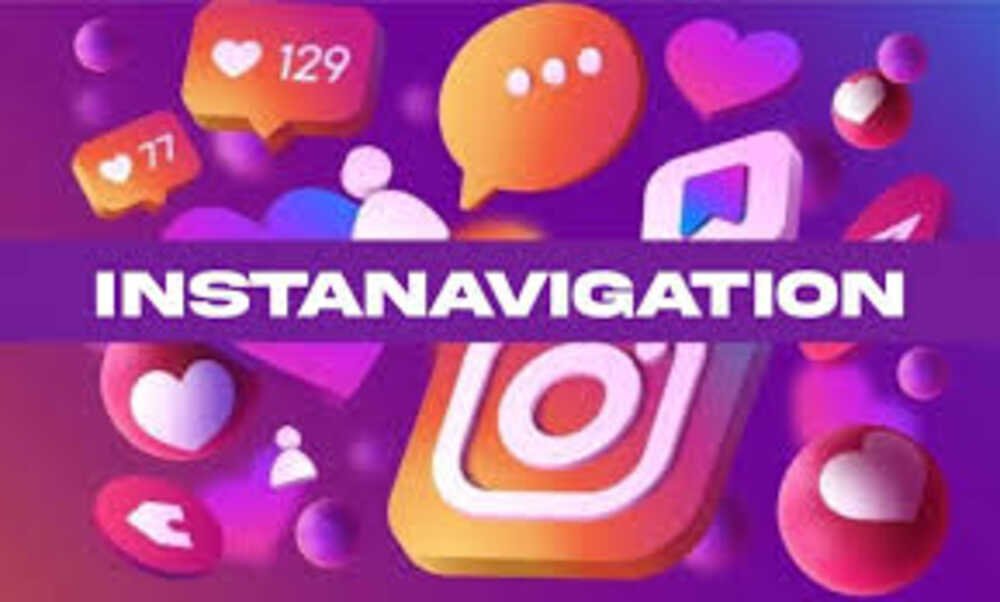A few years ago, a niche bakery in San Diego made a subtle shift: they redesigned their cookie packaging. Same recipe. Same flavors. No change to the product. But overnight, their social tags exploded.
Without running a single ad or influencer campaign, they started appearing in Stories, reels, Pinterest moodboards, and TikTok “unboxings.”
Why?
Because their packaging became Instagrammable on purpose.
And the best part? It wasn’t about flashy logos or pastel colors. It was a strategic tweak that any small brand can apply. Whether you’re selling cookies, supplements, or artisan snacks—if your packaging isn’t making people want to share it, you’re leaving free marketing on the table.
Let’s break down the psychology behind what makes someone whip out their phone, snap your product, and post it—without being asked.
The “Share Trigger” Lives in the Details
You can’t bribe someone to fall in love with your brand.
But you can make falling in love feel inevitable.
Most people don’t post your product because it tastes good or works well (though that helps). They post because the experience makes them look or feel:
- Cool (part of something trendy or insider)
- Clever (like they’ve discovered a hidden gem)
- Curated (adding aesthetic value to their feed)
Your packaging is the stage where all three play out.
A well-designed stand up pouch isn’t just a functional container—it’s a photo prop. A storytelling artifact. A conversation starter.
Case Study: From Cookie Bag to Social Candy
Let’s go back to that San Diego bakery.
Originally, they used generic clear-front cookie bags with a logo sticker. Not bad. But not post-worthy.
Then, they switched to custom cookie bags with:
- A window shaped like a bite mark
- A subtle scent-release vent (hello, sensory experience)
- Printed illustrations that changed every season
- A witty slogan on the gusset: “Cookies, but make them couture”
Now, every time someone bought a 3-pack, it felt like getting a limited-edition zine.
Moral of the story: they made their packaging feel collectible.
And people can’t help but post things that feel like keepsakes.
Anatomy of Packaging That Gets Shared Without a CTA
You don’t need a marketing budget. You need intentional design. Here’s what to focus on:
1. Unexpected Format
Most people expect a bag to be a bag. Surprise them.
- Use a custom snack pouch with a custom die-cut shape
- Try embossing, holographic ink, or interactive textures
- Go vertical with tall stand up pouches that command space in a flat lay
2. Playable Surfaces
If your packaging gives them a reason to turn, flip, open, and explore—it increases share potential.
Ideas:
- QR codes that open Spotify playlists
- Hidden messages inside the zipper fold
- Illustrated characters “talking” via speech bubble print around the pouch
These little moments of surprise trigger delight. And delight triggers sharing.
3. Copy That Winks
Humans love to repeat clever things. If your brand voice has attitude, wit, or weirdness—it becomes quote-worthy.
Instead of “Artisan Baked With Love,” try:
“Zero preservatives. Infinite pleasure.”
Or
“For the days when salad isn’t an option.”
Your custom cookie bag becomes a caption generator.
Packaging = the New Billboard (Except Better)
What do Instagram, TikTok, and Pinterest have in common?
They’re visual-first platforms. And your packaging is often the first image of your brand people encounter—not your logo, not your ad.
A beautiful custom snack pouch on a desk next to an oat latte?
That’s a vibe.
A moody, minimal custom stand up pouch next to a candle and a book?
Also a vibe.
Design for that. Design for how your customer wants to be seen.
The “Sociability Layer”: Built In, Not Bolted On
Too many brands try to add “shareability” as an afterthought:
- Stickers saying “Tag us!”
- “Share your snack moment with #brandname”
Helpful? Sure. But that’s not the hack.
The hack is to design the product as if it were made for the camera.
The pouch should look good from a 45-degree angle.
The bag should spark curiosity when left on a table.
The color scheme should contrast nicely with both kitchen countertops and desk setups.
You’re not asking to be shared. You’re giving people a reason to share you.
But What If You’re on a Budget?
Here’s the truth: you don’t need high-end materials or luxury printing to make an impact.
Some of the most-shared stand up pouches in the indie food world are made from matte kraft paper with one-color screen print. Why do they work?
Because they:
- Nail the vibe of their audience
- Use consistent, intentional design language
- Feel like a lifestyle object, not just a wrapper
You can start small:
- Design one limited-edition seasonal pouch
- Collaborate with a local artist for a special series
- Add a secret message inside the zipper flap
These micro-moments give your packaging “long life” online. Even after the snack is gone, the pouch gets repurposed, photographed, remembered.
Final Takeaway: Don’t Ask—Invite
The real hack isn’t a trick. It’s a mindset.
People don’t post because you asked them to. They post because you made them feel something.
And in a world drowning in content, brands that make people feel clever, connected, or cool—those are the ones that get shared.
Your packaging is more than a cost. It’s a story. A prop. A statement.
So next time you design your custom snack pouch or rework your stand up pouch, ask yourself:
“Would I post this?”
“Would I keep it on my desk?”
“Would it feel like me?”
Because when the answer is yes, your customers don’t need a CTA. They’ll do the sharing for you.















